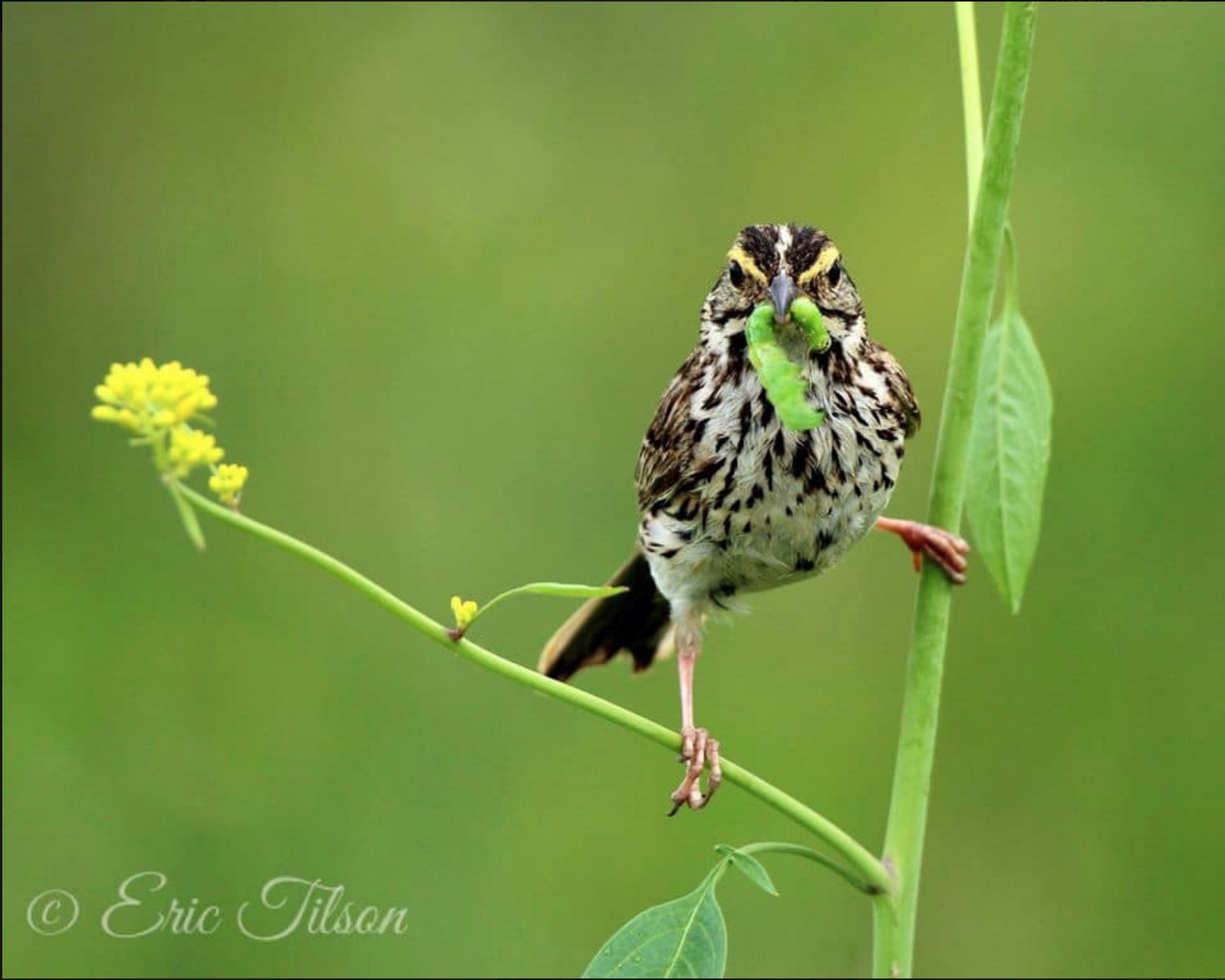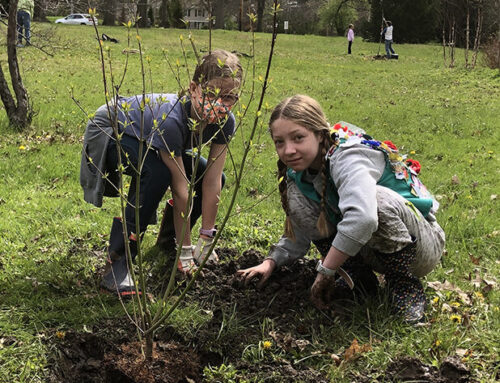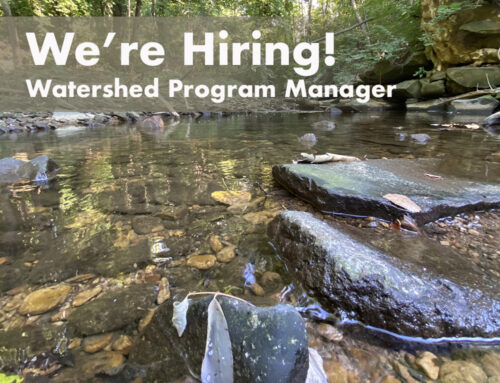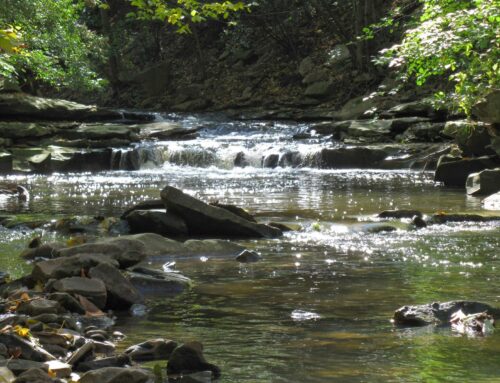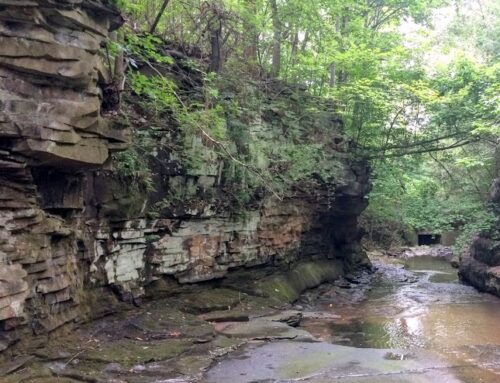[et_pb_section fb_built=”1″ fullwidth=”on” _builder_version=”3.22.7″][et_pb_fullwidth_header title=”@ET-DC@eyJkeW5hbWljIjp0cnVlLCJjb250ZW50IjoicG9zdF90aXRsZSIsInNldHRpbmdzIjp7ImJlZm9yZSI6IiIsImFmdGVyIjoiIn19@” _builder_version=”4.6.5″ _dynamic_attributes=”title” title_font=”|700|||||||” title_text_align=”center” title_text_color=”#ffffff” background_image=”https://doanbrookpartnership.org/wp-content/uploads/2020/12/Nation-Public-Lands-Day-2020-scaled.jpg” background_layout=”light” title_text_shadow_style=”preset2″ title_text_shadow_color=”#232323″ text_shadow_style=”preset1″ text_shadow_color=”#232323″][/et_pb_fullwidth_header][/et_pb_section][et_pb_section fb_built=”1″ _builder_version=”3.22.3″][et_pb_row column_structure=”1_2,1_2″ _builder_version=”3.25″ background_size=”initial” background_position=”top_left” background_repeat=”repeat”][et_pb_column type=”1_2″ _builder_version=”3.25″ custom_padding=”|||” custom_padding__hover=”|||”][et_pb_text admin_label=”Event Dated – DO NOT EDIT THIS” _builder_version=”3.27.4″ _dynamic_attributes=”content” text_font=”|700|||||||” text_font_size=”20px” header_font=”||||||||”]@ET-DC@eyJkeW5hbWljIjp0cnVlLCJjb250ZW50IjoiY3VzdG9tX21ldGFfRXZlbnQgRGF0ZSIsInNldHRpbmdzIjp7ImJlZm9yZSI6IldoZW46ICIsImFmdGVyIjoiIiwiZW5hYmxlX2h0bWwiOiJvZmYifX0=@[/et_pb_text][et_pb_text _builder_version=”4.6.5″ background_size=”initial” background_position=”top_left” background_repeat=”repeat” hover_enabled=”0″ sticky_enabled=”0″]
[/et_pb_text][/et_pb_column][et_pb_column type=”1_2″ _builder_version=”3.25″ custom_padding=”|||” custom_padding__hover=”|||”][et_pb_image src=”https://doanbrookpartnership.org/wp-content/uploads/2020/12/JCB-Portrait-Old-Woman-Creek.jpg” alt=”John Barber wearing an orange baseball cap and black shirt with orange writing.” title_text=”John Barber” _builder_version=”4.6.5″ _module_preset=”default”][/et_pb_image][et_pb_text admin_label=”More Upcoming Events – DO NOT EDIT THIS” _builder_version=”4.6.5″]

